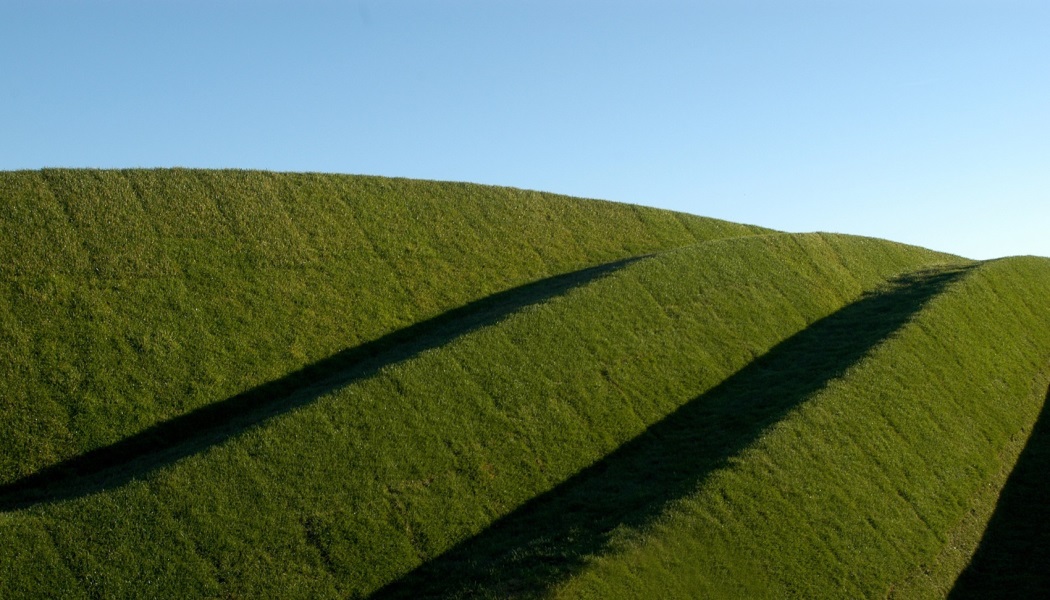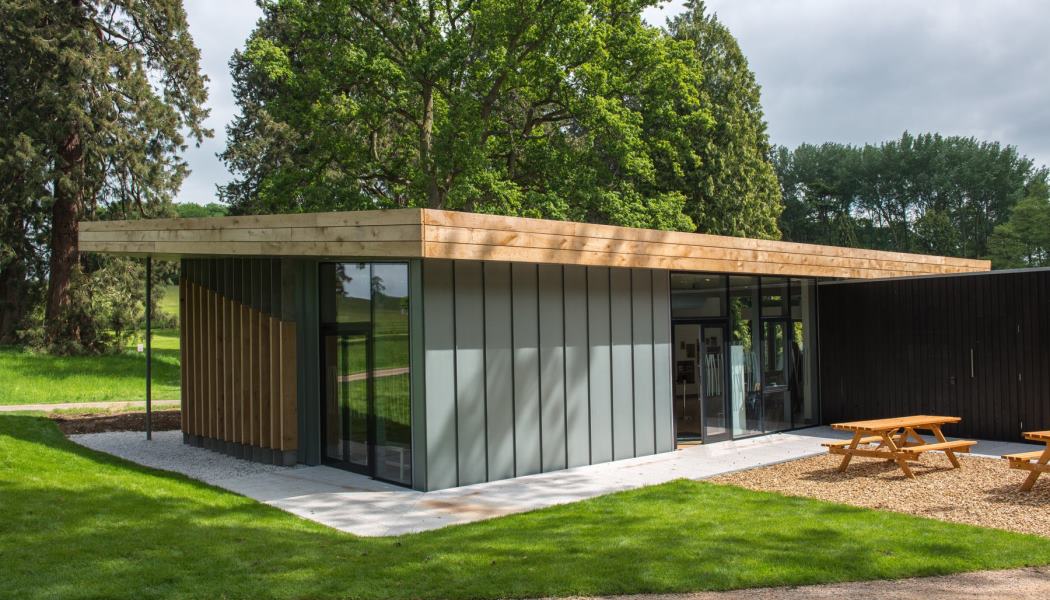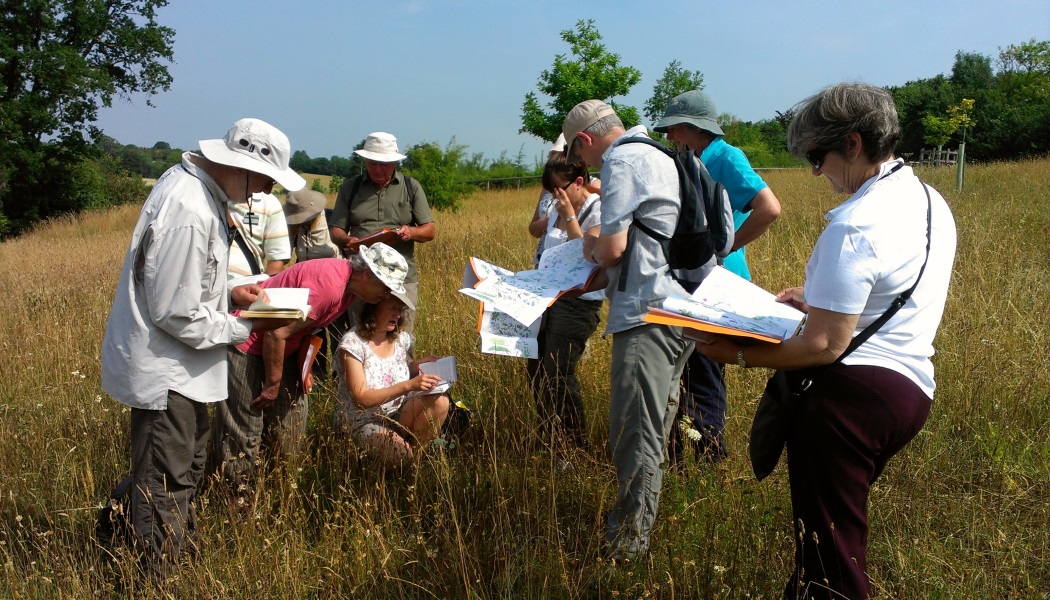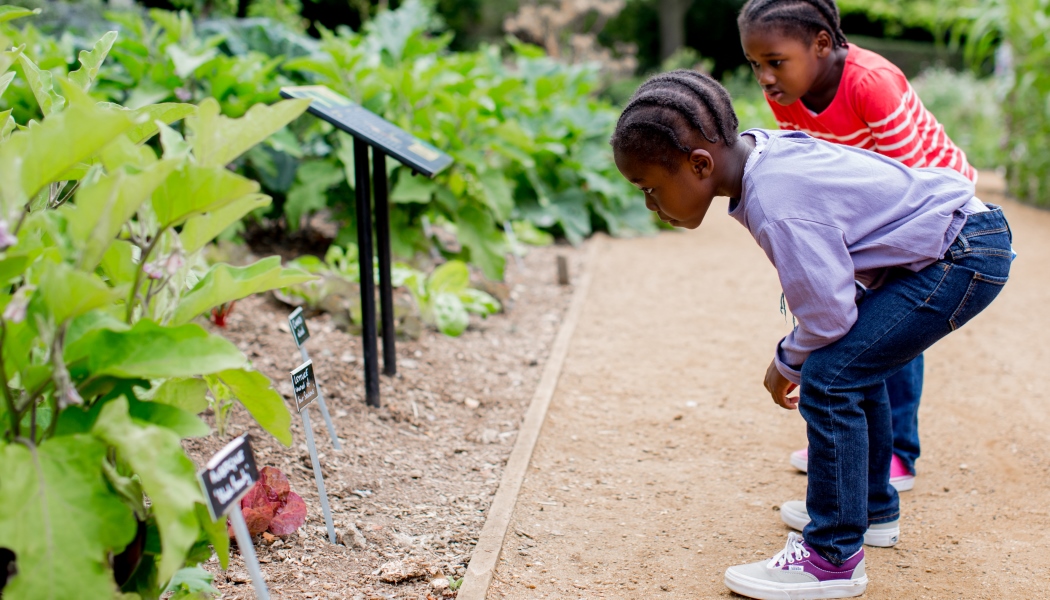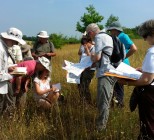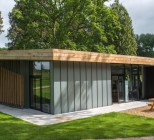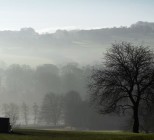Research shows that in 2014 one in five English residents visited a garden on their last break in England and 35 million day trips included a visit to a garden. In 2016 a major festival has been taking place to mark the 300th anniversary of ‘Capability’ Brown as a celebration of England’s many fabulous gardens, landscapes and events.
Here we look at six case studies that show how open areas linked to museums and heritage attractions are being maintained, restored and interpreted for the benefit and well-being of their visitors and below talk to Ceryl Evans project manager for the Capability Brown 300 festival.
Among the case studies are two Capability Brown landscapes at Croome Park in Worcestershire and Compton Verney in Warwickshire, both of which have restored their Brownian landscapes and included fresh interpretation. Advisor also looks at how the Horniman Museum and Gardens has kept true to its founders wishes by making its outdoors an extension of the museum with related displays and interpretation and focuses on the restoration of a medieval deer park at Dartington Hall in Devon. One of the most interesting uses of the outdoors for art-related activity has been the creation of sculpture parks across the country and we venture to the Yorkshire Sculpture Park and Museum of the Year 2016 finalist Jupiter Artland in Edinburgh and discover how they are making art accessible to everyone.
And it has become more prevalent recently for museums and heritage attractions to regard their landscapes, or public realm, as an extension of their buildings and as places that promote learning, enjoyment and well-being. Major projects currently underway to redevelop the outdoors include the Natural History Museum’s garden redevelopment that aims to create inspiration and learning for visitors from the moment of arrival and the recent announcement by the Scottish National Gallery to spend £5m to redevelop its gallery space and gardens.
“I truly believe in the community and health benefits that gardens can bring and I am particularly excited by the socially transformative opportunities of this project,” said Garden designer Tom Stuart-Smith, who has won a competition to design the Hepworth Wakefield’s new £2.2m Riverside Gallery Garden. In July the Whitworth Art Gallery at the University of Manchester opened its Art Garden to foster well-being through its open spaces and has also linked up with mental health partners to work on horticultural projects.
“There are so many stories you can tell about the landscape, especially the social history,” says Evans. “What we have done with the festival is encourage houses to continue to describe the landscape, making people feel welcome and engaged.”
Evans says People are more relaxed and feel more confident in the outdoors and the landscapes are as equally important as the houses. “We have proved the theory that families are more comfortable in the landscape than in the house – it’s a great opportunity to move around and play,” she says. “When visiting these landscapes on a sunny day people cannot help feeling better about life.”
Visitors can be encouraged to further interact and can also be enticed by certain elements in the home, says Evans, such as the opening up of the kitchens in stately homes as well as the need refreshment, which will see visitors either use the facilities at the house or stay local, boosting the tourism and rural economy of the area.
Lancelot Capability Brown designed more than 170 gardens of which 60 are represented in the festival and Evans says it is fair to acknowledge that he is the definer of what people expect from an English Garden.
“He brought nature right up to the house and moved away from the French style of garden that was more formal and more obviously manmade. We are very keen to promote these exciting and special places and we hope the tone of the festival has been one where people can enjoy the gardens in a way they want to and to not only experience the landscapes but also the house, shops and cafes.”
Previous In Focus Features
Collections: making museum treasures more accessible and better cared for
Exhibition Design – finding innovative ways to bring collections and audiences together
Audience Development: Putting visitors at the heart of the museum
Digitising Collections – breaking through the museum walls and opening up collections to the world
Technology in Museums: making the latest advances work for our cultural institutions
Income generation: developing cultural enterprises in museums and heritage attractions
Accessibility in museums: creating a barrier-free cultural landscape
Temporary and Touring Exhibitions: Reaching out to new audiences
Packing and transporting museum collections – how to get it right
In Focus: collections management – connecting objects and people
The balancing act of designing permanent exhibitions
Valuing, insuring and securing collections

